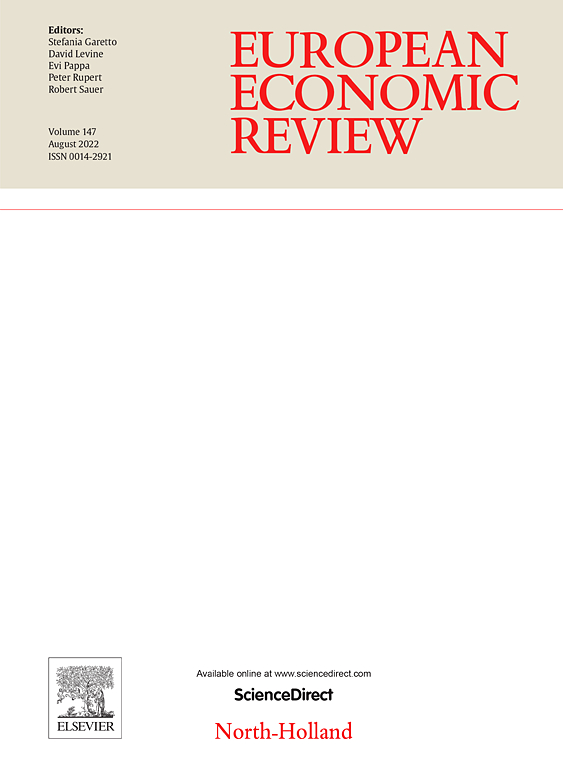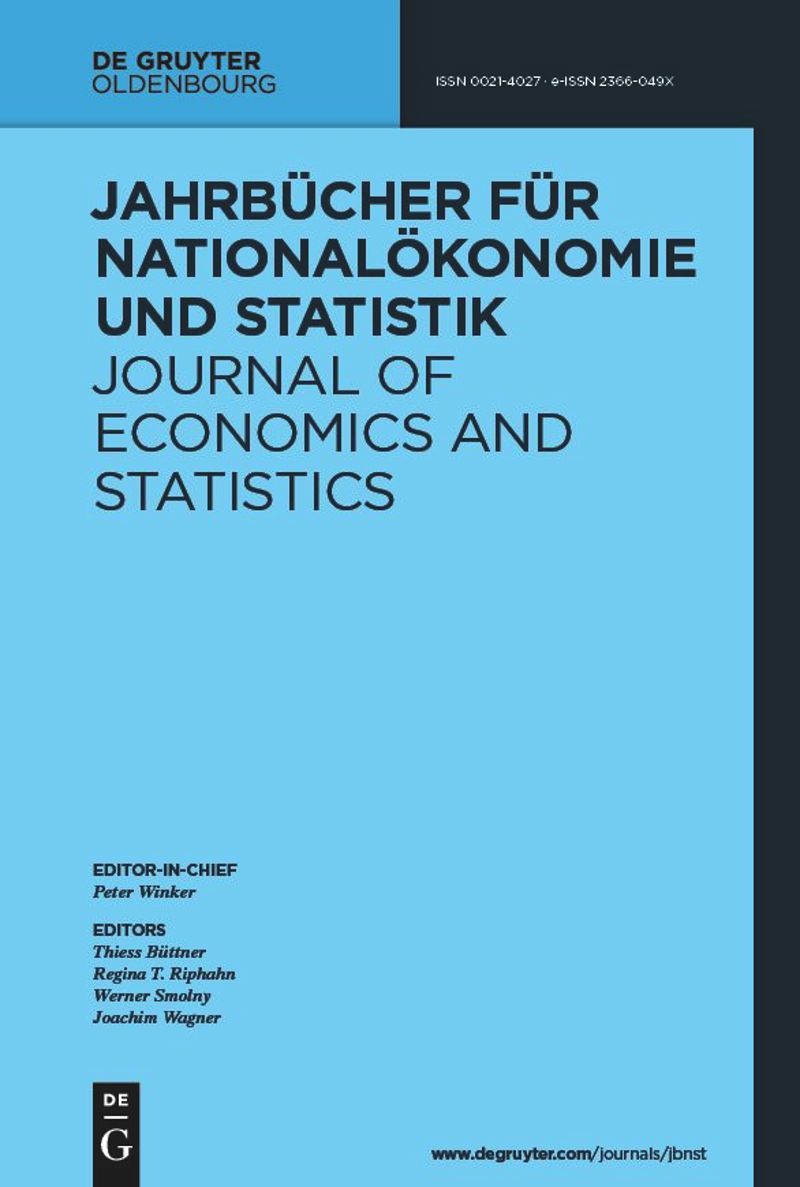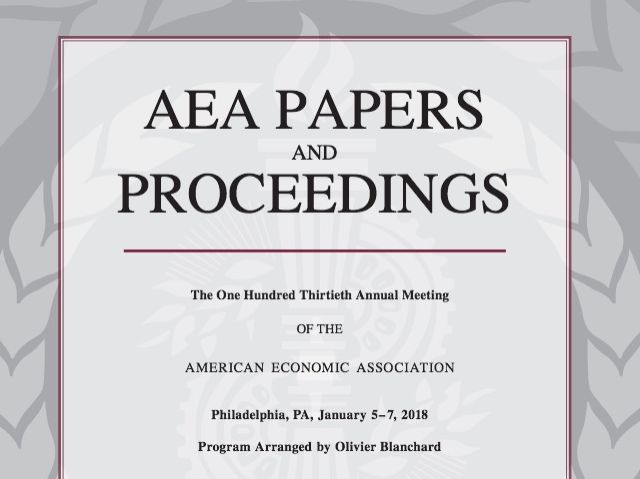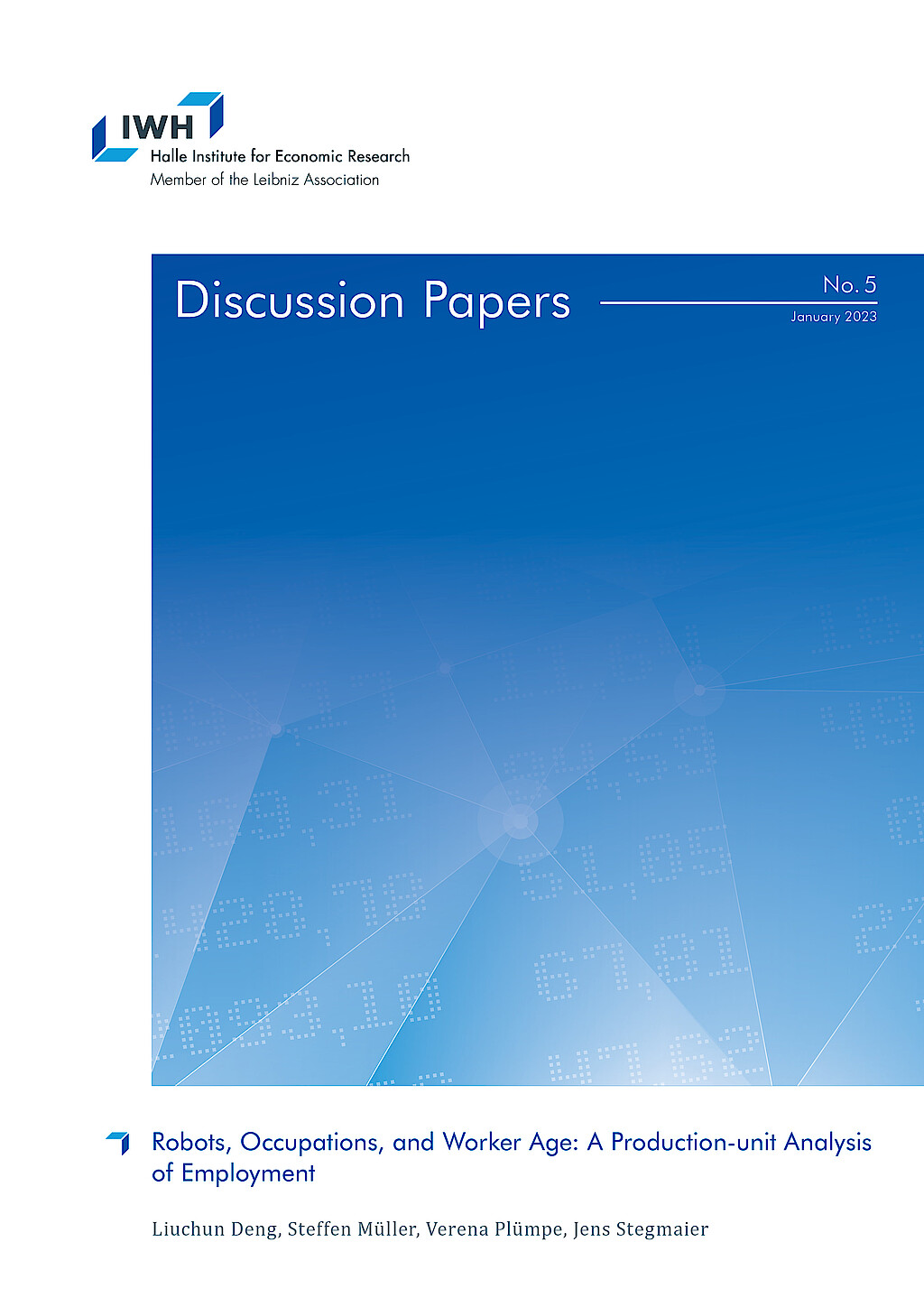Professor Liuchun Deng, PhD

Current Position
since 12/19
Research Affiliate
Halle Institute for Economic Research (IWH) – Member of the Leibniz Association
since 8/25
Associate Professor of Economics
Duke Kunshan University
Research Interests
- structural change and international trade
- economic growth
- technological change
Liuchun Deng joined the institute as a Research Affiliate in December 2019. His research focuses on technological progress, economic growth, and international trade.
Liuchun Deng holds the position of Associate Professor of Economics at Duke Kunshan University in Suzhou, China. Before joining Duke Kunshan, he was an Assistant Professor at Friedrich Schiller University Jena, Yale-NUS College, and the National University of Singapore. He was also an economist at IWH.








